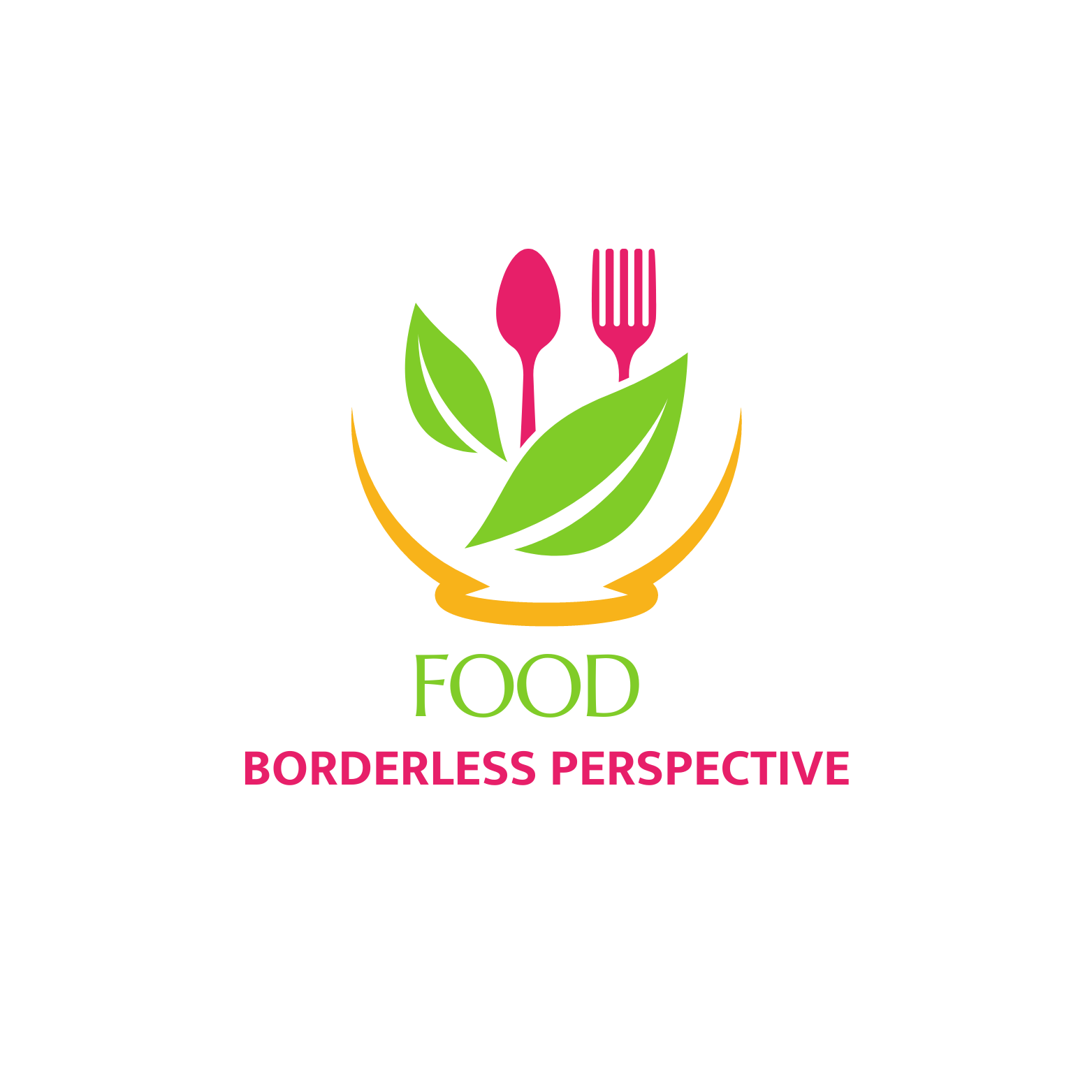Did you know that food sensitivities may affect 15-20% of the population? That’s a significant number of people who could be experiencing a range of health problems due to their food intolerances.
Food sensitivities are more prevalent in individuals with digestive system disorders, such as irritable bowel syndrome (IBS). They can manifest in various ways, from bloating and excess gas to migraines and a general feeling of being unwell.
If you suspect that your health issues may be related to food sensitivities, it’s essential to find out for sure. Understanding the causes, symptoms, and diagnosis methods can help you manage and improve your overall well-being.
Key Takeaways:
- Food sensitivities affect 15-20% of the population.
- Symptoms can range from digestive issues to migraines and other health problems.
- Understanding the causes, symptoms, and diagnosis methods is crucial for effective management.
- Working with a healthcare professional can help determine the appropriate strategies for managing food sensitivities.
- It’s important not to self-diagnose or trivialize the severity of food sensitivities, as they can have a significant impact on your health.
Causes of Food Intolerances
Food intolerances can be caused by various factors that disrupt the normal digestive processes. Let’s take a closer look at the different causes behind these intolerances:
Lack of Digestive Enzymes
Some food intolerances stem from a deficiency in specific digestive enzymes. For example, lactose intolerance occurs when the body lacks the enzyme lactase, which is responsible for breaking down lactose, the sugar found in milk and dairy products.
Protein Absorption Issues
Intolerances to certain sugars, such as fructose, can occur when the body has difficulty absorbing the proteins needed for their digestion. This can lead to symptoms like bloating, gas, and abdominal pain.
Chemical Triggers
Certain chemicals present in food can act as triggers for food intolerances. Gluten, a protein found in grains like wheat, barley, and rye, is a common culprit behind gluten intolerance. Additionally, food colorings, preservatives, and sulfites present in processed foods can also provoke intolerance reactions.
Food Toxins and Additives
Naturally occurring toxins in certain foods or food additives can contribute to food intolerances. Substances like nitrates, monosodium glutamate (MSG), and sulfites, which are commonly used as preservatives, can cause adverse reactions in susceptible individuals.
Environmental Factors
External factors, such as pollution and exposure to certain chemicals, can potentially impact the development of food intolerances. While further research is needed to fully understand the relationship between environmental factors and food intolerances, it is an area that scientists continue to explore.
| Cause | Examples |
|---|---|
| Lack of Digestive Enzymes | Lactose intolerance (lack of lactase enzyme) |
| Protein Absorption Issues | Fructose intolerance (difficulty with protein absorption) |
| Chemical Triggers | Gluten intolerance, reactions to food colorings, preservatives, and sulfites |
| Food Toxins and Additives | Reactions to nitrates, MSG, and sulfites in food |
| Environmental Factors | Possible impact of pollution and exposure to chemicals |
Understanding the causes of food intolerances is crucial for effectively managing these conditions. It enables individuals to make informed dietary choices and take necessary precautions to avoid triggering symptoms.
Now that we’ve explored the causes of food intolerances, let’s delve into the symptoms and diagnosis process in the next section.
Symptoms and Diagnosis of Food Intolerances
Experiencing strange symptoms after eating? It could be a sign of food intolerances. While digestive issues are the most common symptoms, such as bloating, stomach pain, and excess gas, food intolerances can also manifest in unexpected ways. Are you ready to uncover the truth behind your mystery symptoms?
Mysterious Symptoms Beyond the Digestive System
Food intolerances can be tricky to identify because they often present with symptoms that extend beyond the digestive system. Headaches, joint pain, fatigue, depression, and anxiety can all be linked to food intolerances. The problem is that these symptoms can also occur due to other factors, making it challenging to pinpoint the root cause.
“Food intolerances are like undercover agents, disguising themselves behind a myriad of symptoms. But fear not, detective! We have some tricks up our sleeves to help you crack the case.”
Playing Detective: Uncovering the Culprits
If you suspect food intolerances, become your own detective and start uncovering the culprits. Keep a food diary to track your meals and symptoms. This can reveal patterns or trigger foods that may be causing your discomfort. Another investigative technique is an exclusion diet, where you eliminate suspected trigger foods from your diet for a period and gradually reintroduce them to see if symptoms reappear.
Ruling Out Allergies: The Sleuthing Continues
Food intolerances share symptoms with food allergies, making it crucial to rule out allergies through testing. Though no foolproof test exists for diagnosing food intolerances specifically, tests like skin prick tests and blood tests can help eliminate the possibility of food allergies. Be prepared to roll up your sleeves for a little extra testing; after all, no stone should go unturned in our quest for the truth.
Managing Food Intolerances
When it comes to managing food intolerances, there’s no magic pill or secret potion that will make all your symptoms disappear. But fear not, you can still take control of your health and minimize the discomfort caused by these pesky intolerances. Here are a few strategies to help you navigate the world of food sensitivities:
- Avoid or Reduce Trigger Foods: Since food intolerances stem from certain foods that your body struggles to digest, it’s wise to steer clear of these triggers. Keep a watchful eye on your diet and identify the culprits that bring on the unpleasant symptoms. Whether it’s lactose, gluten, or any other trigger, make a conscious effort to avoid or reduce the consumption of these foods.
- Enlist the Aid of Digestive Enzyme Supplements: Digestive enzyme supplements can lend a helping hand in breaking down the offending components in your food. These supplements contain specific enzymes that your body may be lacking, making it easier for you to digest and tolerate certain foods. Consult with your healthcare professional to find the right supplements that can support your digestive system.
- Develop Tolerance Through Abstinence and Reintroduction: Believe it or not, your body has the potential to develop tolerance to certain foods over time. By abstaining from eating trigger foods for a period and gradually reintroducing them into your diet, you may find that your body becomes more adept at handling these once problematic foods. However, it’s crucial to work closely with a healthcare professional to determine the appropriate duration of abstinence and reintroduction.
Remember, managing food intolerances is a journey that requires patience, trial, and error. What works for one person may not work for another, so it’s essential to listen to your body and find the approach that suits you best. By taking proactive steps to manage your food intolerances, you can reclaim control of your health and enjoy a more comfortable life.
“Managing food intolerances is like being a food detective. You have to uncover the culprits, avoid them, and sometimes even give them a second chance. It’s all about finding what works for your body.”
Food Intolerances vs. Food Allergies
Food intolerances and food allergies may seem similar, but they are distinct conditions that affect the body differently.
In the case of food intolerances, the digestive system is primarily involved. These intolerances occur when the body is unable to digest certain foods properly. The severity of symptoms in food intolerances is often related to the amount of the food consumed. So, the more you eat, the worse you may feel.
On the other hand, food allergies trigger an immune system response. Even a minuscule amount of the allergenic food can lead to an allergic reaction. This immune response can range from mild symptoms, such as hives or itching, to severe reactions like anaphylaxis, which is a life-threatening condition.
Diagnosing and managing food intolerances and food allergies require different approaches. For food intolerances, the focus is primarily on avoiding or reducing the consumption of trigger foods. However, with food allergies, strict avoidance of the allergenic food is crucial to prevent severe reactions.
To summarize:
- Food intolerances: Digestive system involvement, symptom severity related to food quantity consumed
- Food allergies: Immune system involvement, even a tiny amount can trigger a reaction
Understanding the difference between food intolerances and food allergies is key to effectively managing these conditions and ensuring your well-being.
The Rise of Adult-Onset Food Allergies
Did you know that nearly half of adults with food allergies first experience them during adulthood? It’s true! And the most common age for the onset of these allergies is in the early 30s. So if you’ve recently developed symptoms of an allergy to a particular food, you’re not alone.
Adult-onset food allergies can be caused by a variety of factors. One possible cause is a lack of exposure to allergens during infancy. As a child, your immune system may not have been exposed to certain foods, making it more likely for you to develop an allergy later in life.
Another factor that can contribute to adult-onset allergies is a deficiency in vitamin D. Studies have shown that low levels of vitamin D can increase your risk of developing allergies. So make sure you’re getting enough sunlight or consider taking a vitamin D supplement.
Changes in the gut microbiome, which is the collection of bacteria in your digestive system, can also play a role in adult-onset food allergies. Your gut bacteria help regulate your immune system, so any disruptions can lead to the development of allergies.
Adults with food allergies are also more likely to experience severe reactions, including anaphylaxis. Certain foods like fish, shellfish, peanuts, and tree nuts are known to be common triggers for severe allergic reactions.
Common Causes of Adult-Onset Allergies:
- Lack of exposure to allergens during infancy
- Vitamin D deficiency
- Changes in the gut microbiome
If you’re concerned that you may have an adult-onset food allergy, it’s important to see a healthcare professional for a proper diagnosis. They can perform tests and provide guidance on managing your allergies.
Remember, it’s never too late to develop a food allergy, but with the right knowledge and precautions, you can still enjoy a delicious and allergen-free diet.
| Allergy Symptom | Severity |
|---|---|
| Hives | Mild |
| Swelling of the lips, tongue, or throat | Moderate |
| Difficulty breathing | Severe |
| Anaphylaxis (life-threatening reaction) | Emergency |
Differentiating Food Allergies from Food Intolerances
Food allergies and food intolerances can often be misunderstood and mistakenly interchanged, causing confusion when it comes to identifying and managing symptoms. It’s crucial to differentiate between the two to ensure proper treatment and avoid potentially harmful consequences.
Food allergies involve the immune system, triggering an immune response that can range from mild to severe. Even a small amount of the allergen can lead to a significant allergic reaction, which can be life-threatening in some cases. Symptoms of a food allergy may include hives, itching, swelling, difficulty breathing, and anaphylaxis.
Food intolerances, on the other hand, are digestive issues that do not involve the immune system. They occur when the body has difficulty digesting certain foods or substances, leading to uncomfortable symptoms. Common symptoms of food intolerances include bloating, gas, stomach pain, diarrhea, migraines, and a general feeling of discomfort.
To better understand the difference, consider this analogy: if your immune system were a superhero, food allergies would be the supervillains it fights against, while food intolerances would be more like a stubborn traffic jam, causing inconvenience and discomfort but not directly life-threatening.
“Food allergies are like a superhero battling against supervillains, while food intolerances are more like a stubborn traffic jam.”
The Importance of Accurate Diagnosis
Differentiating between food allergies and intolerances is crucial for several reasons:
- Proper Management: Understanding the underlying cause of your symptoms is essential for effective management. The treatment strategies for food allergies and intolerances can significantly differ, so it’s essential to have an accurate diagnosis.
- Avoiding Harmful Consequences: Misidentifying a food allergy as an intolerance can be risky, as it may lead to accidental exposure to allergens that can trigger severe allergic reactions. Conversely, labeling a food intolerance as an allergy can result in unnecessary avoidance of certain foods and restrictive diets.
- Elimination Diets: If you suspect you may have a food intolerance, it’s recommended to undergo an elimination diet under the guidance of a healthcare professional. This method involves temporarily removing potential trigger foods from your diet and gradually reintroducing them to identify specific intolerances.
Real vs. Fake Allergies
It’s essential to acknowledge the importance of differentiating between real and fake allergies. While food allergies can have life-threatening consequences, fake allergies can diminish the seriousness of genuine allergies and put individuals with real allergies at risk.
“Differentiating between real and fake allergies is crucial to ensure the safety and well-being of individuals with genuine allergic reactions.”
Accurate diagnosis through medical evaluations, such as skin prick tests or blood tests, can help distinguish between food allergies and intolerances. Seeking professional medical advice is vital to ensure accurate diagnosis, appropriate management, and the overall well-being of individuals living with food sensitivities.
Comparing Food Allergies and Food Intolerances
| Aspects | Food Allergies | Food Intolerances |
|---|---|---|
| Immune System Involvement | Yes | No |
| Severity of Symptoms | Mild to Life-threatening | Discomforting |
| Reaction to Trace Amounts | Yes | No |
| Digestive System Issues | Minor | Major |
| Treatment | Avoidance, Medications (e.g., Epinephrine) | Avoidance, Enzyme Supplements |
Understanding the key differences between food allergies and intolerances is vital to ensure accurate diagnosis, appropriate management, and the overall well-being of individuals with food sensitivities. Proper identification allows for targeted treatment strategies that address the specific condition effectively.
Conclusion
So, there you have it – food sensitivities and intolerances can wreak havoc on your health. But fear not, because armed with the right knowledge and strategies, you can take control of your well-being.
To start, be proactive in identifying and managing your food sensitivities. Keep a food diary and pay attention to how your body reacts to different foods. Consider undergoing elimination diets to pinpoint specific trigger foods. And don’t forget to rule out any underlying food allergies through proper testing.
Once you have a clearer understanding of your sensitivities, the next step is to make necessary dietary adjustments. Avoiding trigger foods can help alleviate symptoms and improve your overall health. Additionally, consider incorporating digestive enzyme supplements to aid in digestion and minimize discomfort.
However, it’s important to remember that self-diagnosis and self-treatment can be risky. If you suspect you have food allergies or encounter severe reactions, seek professional medical advice immediately. Don’t trivialize the severity of food allergies, as they can have life-threatening consequences.
FAQ
Can food sensitivities cause a host of health problems?
How can I find out if I have food sensitivities?
What are the common causes of food intolerances?
What are the symptoms of food intolerances and how are they diagnosed?
How can I manage my food intolerances?
What is the difference between food intolerances and food allergies?
What are the common causes of adult-onset food allergies?
How can I differentiate between food allergies and food intolerances?
Is it possible to have fake allergies?
MORE SOURCES TO READ:
- https://www.medicalnewstoday.com/articles/263965
- https://www.prevention.com/health/a22141254/food-allergies-symptoms/
- https://www.ncbi.nlm.nih.gov/pmc/articles/PMC8152468/
![]()













Recent Comments